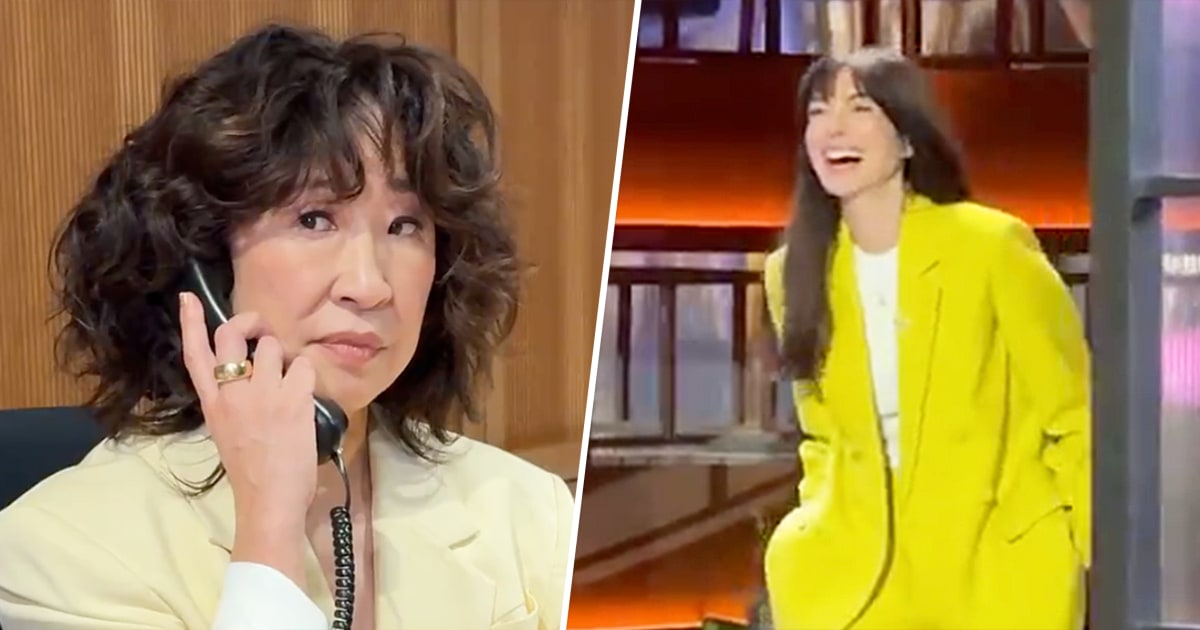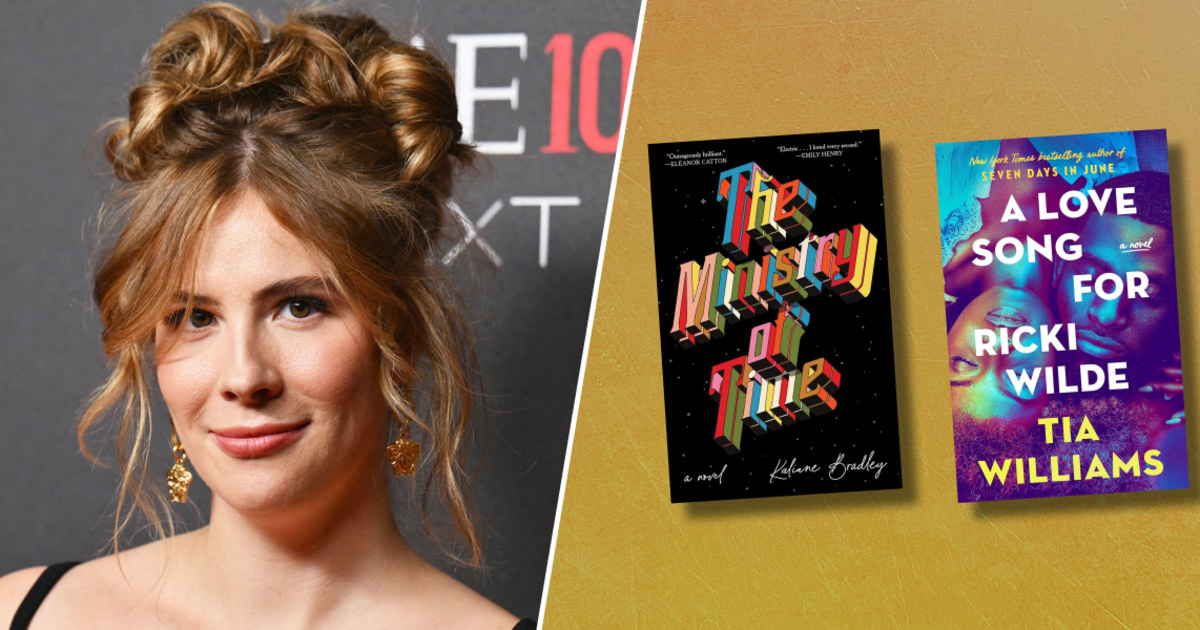
Why Kingdom Of The Crystal Skull Isn’t The Best Indiana Jones Film – But It’s Better Than You Remember
There’s a promo currently running on UK movie channel Film4 plugging a season of the four Indiana Jones films, cunningly timed to coincide with release of fifth instalment, Dial Of Destiny. Impeccably cut to Devo’s 1980 banger ‘Whip It’ — a refreshing Indy montage change from Bonnie Tyler’s ‘Holding Out For A Hero’ — what’s interesting, if perhaps not surprising, is the trailer does not include a single moment from the hero’s fourth adventure, Indiana Jones And The Kingdom Of The Crystal Skull.
Ever since its bow at the Cannes Film Festival in 2008. Crystal Skull has been decried as the series nadir, a franchise fuck-up initially index-linked to three short phrases — ‘CGI gopher’, ‘nuking the fridge’, ‘swinging through the trees’ — that has now mushroom clouded to the point where the line, ‘There are only three Indiana Jones movies’ is a common (read: tired) film fan gag. Unlike the other writers in this mini-series, I won’t be arguing this Indy film is the Holy Grail (it’s patently the weakest); instead, I will be suggesting it is a flawed (especially in its second half) but fascinating flick, especially if you take Steven Spielberg’s work seriously, and is probably better than the film you have in your head, particularly if you haven’t given it a chance in the last fifteen years.

While it is set in the US, Crystal Skull brings a B+ game. After it wittily makes a mole hill out of a (Paramount) mountain, the film launches into ‘50s teens playing chicken with the Russian military, shot and cut to Elvis Presley’s ‘Hound Dog’ with the crisp confidence you only get with Spielberg. Harrison Ford’s reintroduction as Indy — Spielberg improvised the iconic shadow on a jeep door on the day — leads into a classic piece of Dr. Jones ingenuity, using the gunpowder from Russian ammo to fly through the air and lead him to highly magnetised mummified alien remains. The subsequent warehouse escape is fun but is trumped later by a lively motorbike-car chase around (Frank) Marshall college, in which Indy and his son-in-waiting Mutt (Shia LaBeouf) evade the Russians (there’s a great moment as Indy climbs in and out of their car), helped by John Williams at his sprightliest. Fittingly for a set-piece about a superstar-dad-bonding-with-his-kid, Spielberg bookended the set-piece with primo nepo baby business; the initial melee in a diner is started by the director’s daughter, Sasha, landing a knockout punch, and ends in a library where Indy tells Chet ‘Son Of Tom’ Hanks (in the days before he spoke with a Jamaican patois) to get out in the field.
Crystal Skull deepens the character – not only grappling with becoming a family man, but also with his own mortality.
Yet the most interesting thing about Crystal Skull is that it is Indiana Jones viewed through Spielberg’s post-Schindler’s List, post-9/11 lens. Pre-empting his Cold War drama Bridge Of Spies, the director imbues the film with a wariness and paranoia about America (“I barely recognise this country anymore,” says Jim Broadbent’s college dean Charles Stanforth) and traditional American values; the US military types who interrogate Indy are as threatening as the bad guys, treating him with contempt and suspicion. Spielberg paints a world that doesn’t trust Indiana Jones. Can you imagine?

Allied to this, Crystal Skull deepens the character at a stroke. Spielberg became a grandfather during the shoot, and Indy is now a character not only grappling with becoming a family man, but also with his own mortality, bemoaning a “brutal couple of years” following the passing of his father and Marcus Brody. “We seem to have reached the age where life stops giving us things and starts taking them away,” Stanforth tells Indy, in perhaps the series’ most poignant dialogue exchange. Interestingly, it also critiques his previous status as a “grave-robber” — here he is putting back something from an ancient civilisation rather than stealing from one.
This sense of Spielbergian self-referentiality, commenting on his past, is present and correct in the film’s most notorious scene. Escaping from Hangar 51, Indy finds himself in a Doom Alley nuclear testing site and saves himself from an atomic blast by climbing into a lead-lined fridge and being blown sky-high to safety. No more ridiculous than hitching a ride on a submarine to an ark opening (Raiders) or surviving jumping out of a crashing plane in a yellow dinghy (Temple Of Doom), the scene is tonally unique in the series – horrific and surreal, a terrifying vision of Spielberg’s suburban archetype as a family of test dummies (and the dog) melt while Howdy Doody plays on the television. Spielberg once told Empire he was proud of gifting the culture the phrase ‘nuking the fridge’ as new nomenclature for ‘jumping the shark’, but he should be equally proud of creating one of the most strikingly unusual scenes in any blockbuster.

When the action moves to South America, the film has its moments — an ambush by cemetery warriors, a pleasingly bruising fist fight with Soviet heavy Dovchenko (Igor Jijikine) — but not many, marred by increasingly ill-conceived characters (Ray Winstone’s triple crossing Mac; John Hurt’s mad-as-a-coot Oxley) and a squandered villain in Cate Blanchett’s disappointing Irina Spalko, an iconic hairdo in search of a memorable character. Despite Ford retaining that ‘giddy as a schoolboy’ quality when delivering archaeological exposition, the middle section is sluggish and baggy, the repartee between Indy and Marion unfunny. Even the set-pieces (sinking in a dry sandpit; a jungle chase) miss the mark, and the final act is a damp squib – apt, given the amount of water involved.
The climax (reconfigured aliens, a mothership, a portal into “the space between spaces”) speaks to a potentially nifty conceit at the heart of the film. If Raiders represented the B-movies of the ‘30s — Republic serials and no-budget adventure yarns — Crystal Skull would potentially tap into the equally cheap genre fare of the ‘50s: science-fiction flicks about flying saucers, over-sized radio-active creatures, and invaders from Mars. It’s a smart, mouth-watering conceit — frankly who wouldn’t want to see Indy battle a giant Ray Harryhausen-esque lobster? — but, perhaps because Spielberg’s sensibilities have shifted in the ensuing years, it never manages to harness its pulpy roots and energy the way Raiders does so effortlessly.

Spielberg was reluctant to tackle aliens and UFOs again — Indy creator and long-time friend George Lucas argued the Crystal Skull creatures weren’t ETs but “inter-dimensional beings” — and you can almost feel Spielberg’s struggle to once again engage with over-familiar tropes. The Crystal Skull itself — a Lucas idea held over from the Young Indiana Jones TV series — might be too esoteric and new-agey to totally work as a MacGuffin, but it’s a lovely idea that the treasure here is not an ark, a stone, or a cup, but knowledge itself. Knowledge is treasure. Wherever you stand on the film, you can’t get more quintessentially Indiana Jones than that.















































